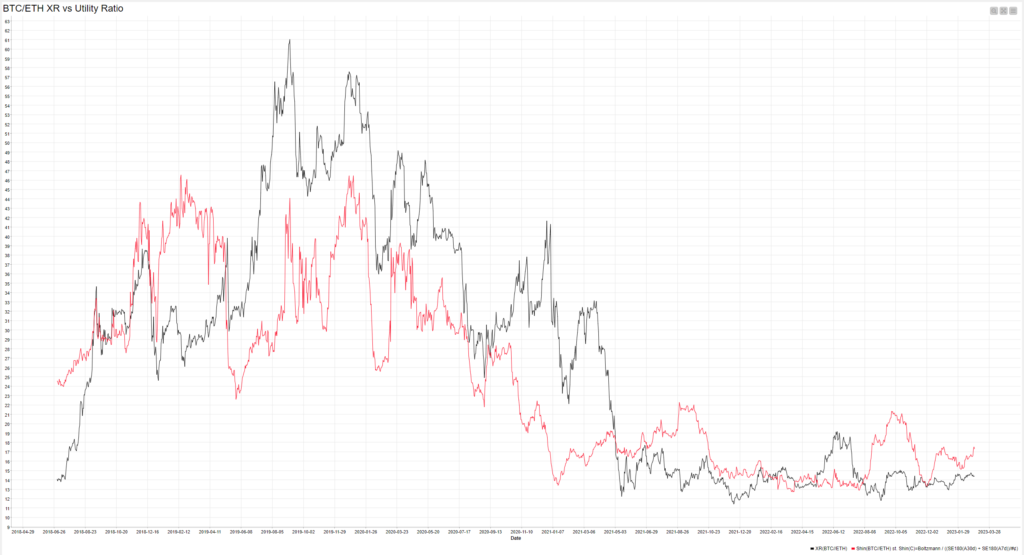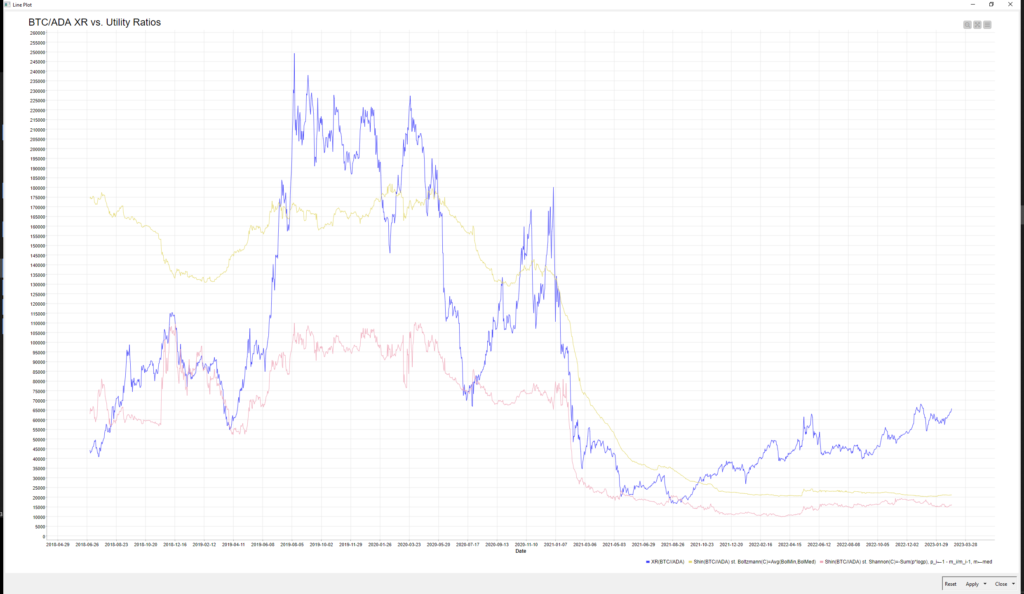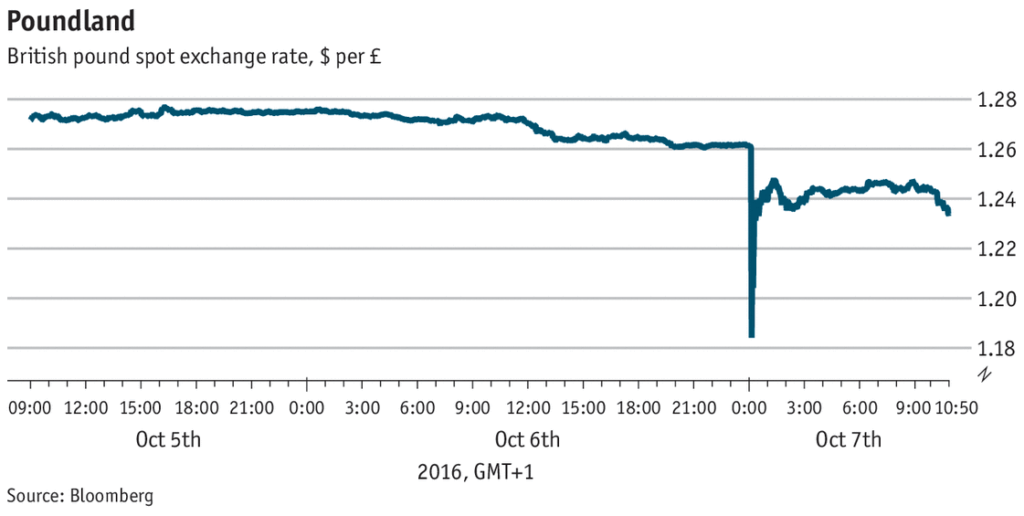Scientists at Sapience.org have made a breakthrough in understanding the real value of bitcoin
Their discovery challenges the current understanding of the value of currencies and provides a way to calculate expected prices without relying on price history
A relation discovered between information theory and finance could have far-reaching implications for monetary policy and Forex trading
There is no absolute notion of value in finances. If you ask “What is the real value of Bitcoin?” then you’ll receive no authoritative, scientifically-founded answer. Value can be measured in US Dollar, gold, or relative to some index, measures that are themselves subject to price fluctuation and inflation. The question we ask is, can we measure the value of bitcoin the way we measure temperature and weight? In other words, can “value” be treated as a physical property? Fortunately, we’ve found that information theory does exactly that.
Can bitcoin’s “real value” be measured as a physical property, like temperature or weight?
The idea of using information theory to measure the value of money is not new. But so far there has been no way to calculate the price of a currency, any currency, without its price history. This breakthrough however made it possible: By comparing the entropy of each coin, we can calculate the expected exchange rate of bitcoin with relation to other coins, and we can do so without price history. In essence, they discovered a way to “calculate the price without the price”.
In a nutshell, we calculate the “utility value” of each coin by calculating the the entropy of the entire currency and divide it by the current supply. For example, using a variation of Boltzmann’s entropy, we calculated that on 1 June 2022 the utility value of one BTC was about 130.6 bit, and of one ETH was about 9.5 bit. Therefore, we predicted the exchange rate of the pair BTC/ETH to be 13.7 on that day. In reality, the spot price of the pair BTC/ETH was 16.3 on 1 June 2022. In other words, we’ve been able to predict the price with 84% accuracy without any price history, using only the network metrics such as wallets, coins, and their movements.
The graph below compares the actual BTC/ETH exchange rates to the values we predicted using this particular method for over four years.

So the good news is that there are evidence to the idea of a utility value of a currency, each predicts specific exchange rates. In other words, we can “calculate the price without the price”. Keep in mind however that there are as many ways to calculate utility values. Entropy is but one way to measure these values, but they can also be measured using statistical metrics such as variance. For different definitions of entropy predict different exchange rates. Exactly how utility value should be measured remains an open question.
Information theory calculates “price without the price“
The graph below demonstrates this difference. In it we use two different utility functions to calculate the exchange rate between bitcoin and ADA (Cardano). The first function uses Shannon’s definition of entropy (Yellow below). The second function uses Boltzmann’s definition (Red). We compare in the graph below these two predictions with the actual (spot) exchange rate between the pair BTC/ADA on the day (Blue).

Here lies a fundamental shift in our thinking of the value of Bitcoin. But what about other currencies?
While this research is still in its early stages, the potential applications are vast. Calculating the utility values of fiat currencies such as the US Dollar, Euro, and GBP could be used to settle questions about whether a currency is overvalued or undervalued. It could also provide a much-needed objective measure of value, and could help monetary policy makers to conduct precise analysis of the consequences of printing money and forecast its outcome.
Sapience.org is looking to explore commercial applications of utility values with partners and collaborators. We invites experts in Forex, macroeconomists, and information theory to join them in investigating these questions further, with the ultimate goal of using this approach to gain a better understanding of the “real” value of currencies. Interested parties are invited to write Carolyn at seet@sapience.org


